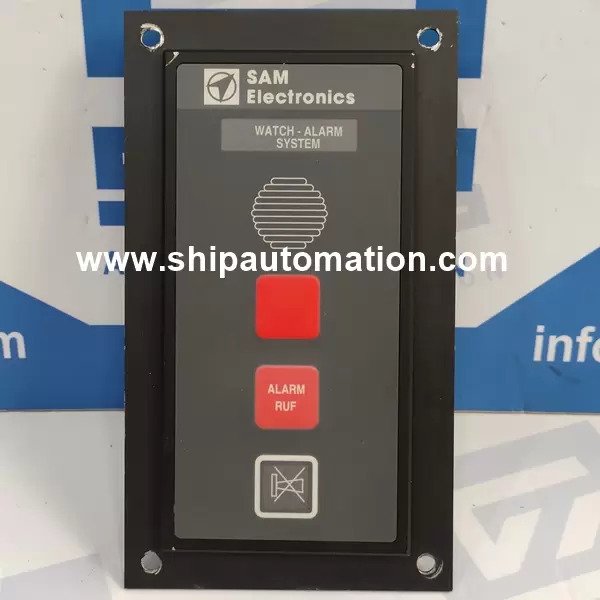The temperature transmitter is a device that connects to the temperature sensor and sends a signal for monitoring and control. The temperature sensor (as indicated above) is usually an RTD, Thermistor, or Thermocouple sensor that connects to a DCS, PLC, data logger, or hardware display. The temperature transmitter’s job is to isolate the temperature sensor signal, filter out any EMC noise, then amplify and convert the signal to a 4-20mA or 0-10V DC range.
A temperature transmitter gets its power from a distant DC power supply that is linked to the sensor input. The real signal is conveyed as a power supply change. Only two copper wires are required to connect the temperature transmitter. In simpler terms, a temperature transmitter is an electrical instrument that connects to a temperature sensor to isolate, amplify, filter noise, and convert the signal to deliver to the control device.
Temperature transmitters are employed in industrial manufacturing as a process control tool because they may offer temperature feedback at various phases of the manufacturing process. A temperature transmitter picks up a signal emitted by a temperature sensor, such as a thermocouple, and then calculates heat levels using the signal. The temperature data is then transformed into a new type of signal and sent to the appropriate receiving equipment.
Types of Temperature Transmitters
Temperature transmitters come in a variety of shapes and sizes, as well as mounting options. Weather-proof and explosion-proof transmitters, DIN rail or panel mount transmitters, and head mount transmitters are the three main types of temperature transmitters. Rail mounting, field mounting, and head mounting are the three types of mounting setups. Some transmitter kinds are called after the mounting technique, implying that the type and mounting method have some overlap.
Types of temperature transmitters are discussed below.
Weather Proof Transmitters
A weather- and explosion-proof transmitter is suited for situations where a transmitter must survive the wear and tear associated with prolonged exposure to the elements. The critical internal components are protected by an exterior enclosure, which is normally composed of stainless steel or a specified explosion-proof material and is hermetically sealed. The transmitter is separated into two tiny chambers on the inside where one houses the sensor, while the other houses the electronics for calculating temperature and sending a fresh signal. Weather- and explosion-proof transmitters generally have high accuracy and may be changed and monitored locally if necessary.
As the name suggests, the main aim of designing these types of temperature transmitters is to ensure they are able to operate under every type of weather conditions which makes it suitable to be deployed in a variety of applications in different industries. These are extremely popular ones and are slightly on the higher side when it comes to cost but every penny spent on purchasing it is totally worth it.
DIN Rail-mount Transmitters
As the name suggests, Switches, relays, and transmitters are mounted on a DIN rail in case of rail mount transmitters. The rail is a piece of metal that is curved to allow a device (such as a transmitter) to be mounted with the help of a spring clip that slips into a bend in the metal rail and secures itself. The metal rail may then be connected to a panel or a wall, complete with an attached transmitter. The German Institute for Standardisation, or DIN, is an abbreviation for Deutsches Institut fur Normung. DIN rail transmitters, also known as panel mount transmitters, are commonly used in a variety of applications due to their inexpensive cost and ability to work with a variety of sensors.
They are very simple to install due to the DIN rail layout. Because of the lengthier wiring arrangement required to secure the transmitter, they are less accurate than weather- and explosion-proof transmitters. Rail installation is the most traditional mounting technique for temperature transmitters.
Head-mount Temperature Transmitter
The head mount transmitter is placed in the sensor’s connection head, making the transmitter relatively small. It also has little wiring because the transmitter is built within the sensor’s head part. Because the traditional transmitter is located far away from the sensor, extra measures such as lead wire compensation are necessary to reduce measurement error. It also necessitates the use of a lengthy cable, which adds to the expense. A thermocouple compensating cable is necessary if the sensor is of the thermocouple type.
The lead wire compensation is not necessary in the case of a helmet mount transmitter because the sensor and transmitter are housed in the same enclosure. As a result, the head mount transmitter’s measurement precision is far superior to that of traditional 2 wire or 4 wire temperature transmitters. There is no need for a thermocouple compensation cable if the head mount transmitter is utilised for the thermocouple sensor.
The head mount transmitter is a universal temperature transmitter that offers a number of benefits over traditional temperature transmitters. The HART communication protocol is used by the head temperature transmitter, and transmitter characteristics such as temperature range, kind of temperature sensor, and other parameters may be preset remotely.
Field Mount temperature transmitter
The Field Mount temperature transmitter isolates and amplifies the on-site thermal resistance or thermocouple signal before converting it to a DC signal that is linear with temperature and sending it to the control system. The parameters may be changed via the host computer programme, and the unit combination instruments, DCS, and PLC can all be employed.
This type of temperature transmitter comes with its own outer enclosure, allowing it to be utilised “in the field” in situations where extra protection is required, such as high-performance industrial activities. To boost the signal strength, field mounted transmitters can be placed reasonably close to the sensor.
Temperature transmitters for use in the field are built to withstand the most extreme weather conditions such as high temperature and humidity. The dual compartment casing on field-mount temperature transmitters prevents moisture, humidity, or other pollutants from entering the transmitter’s electronics.


